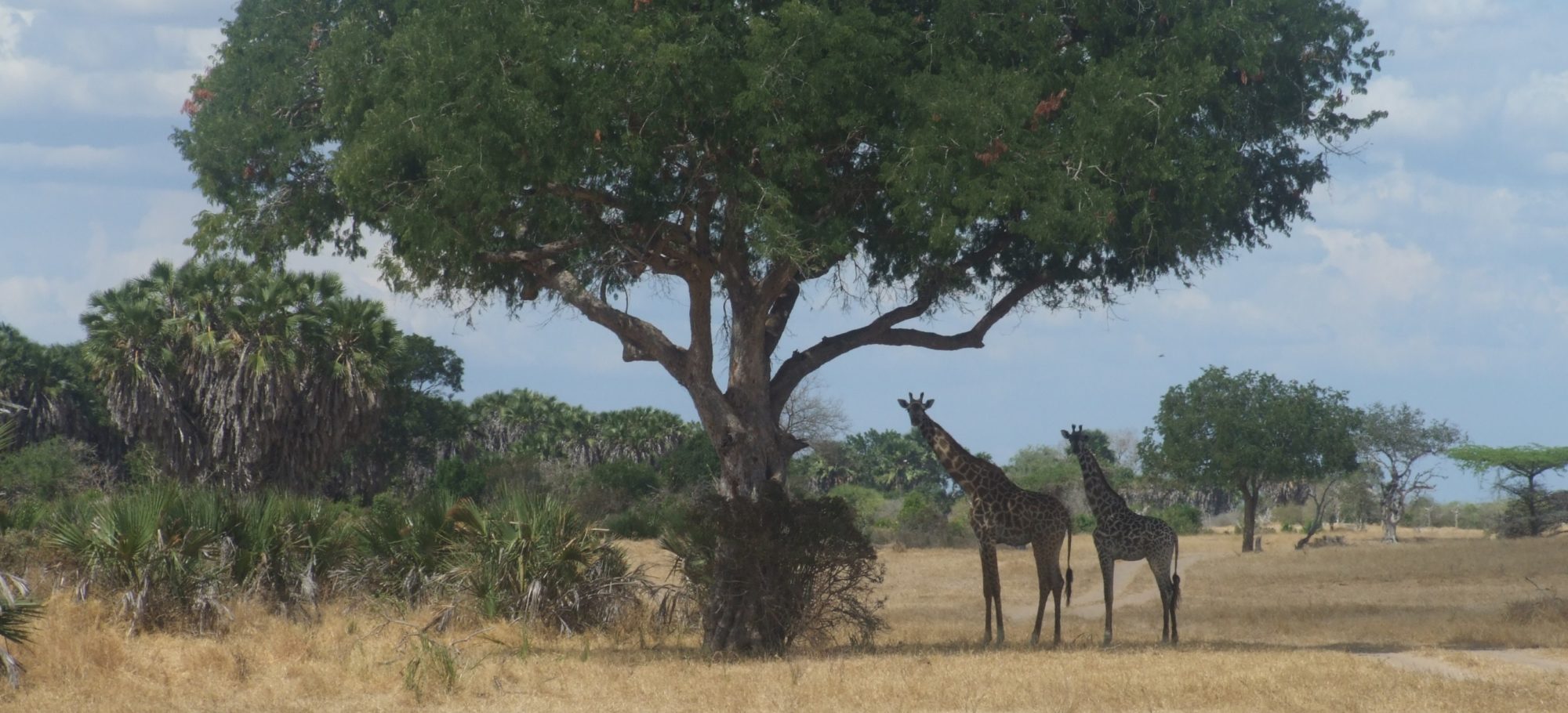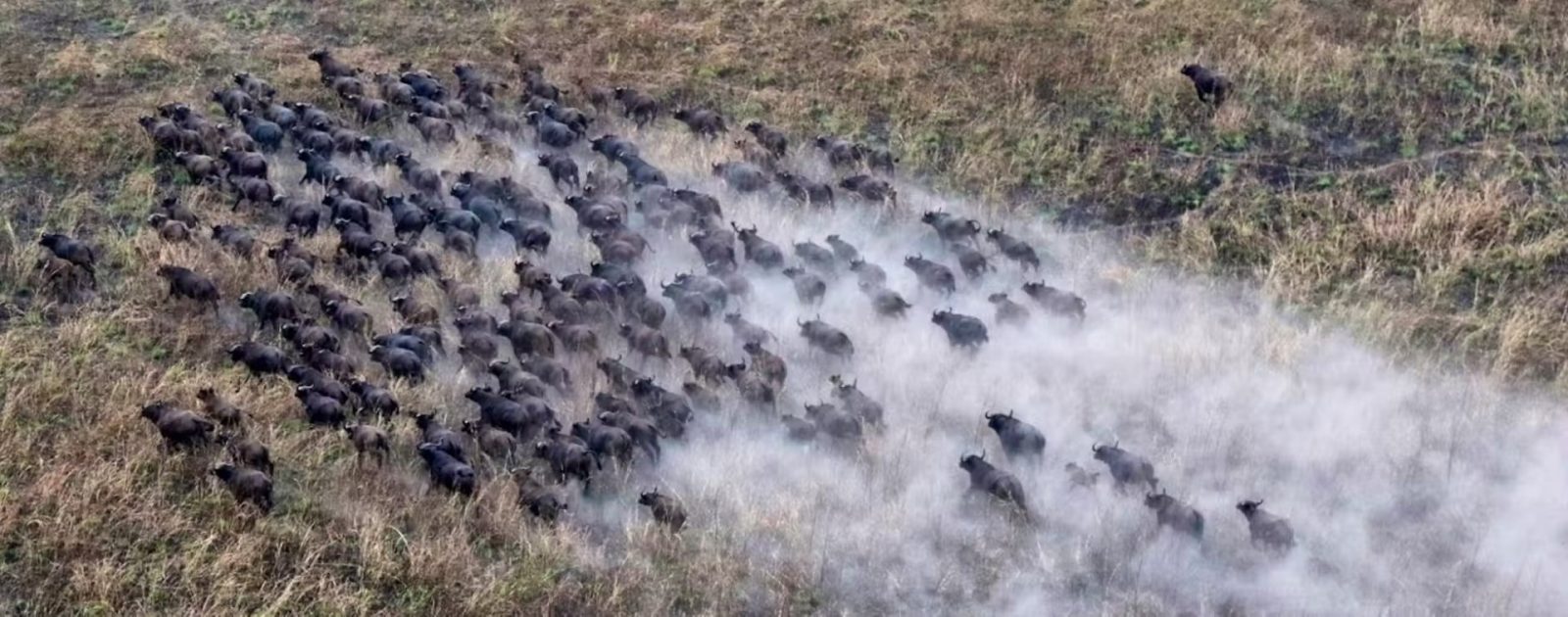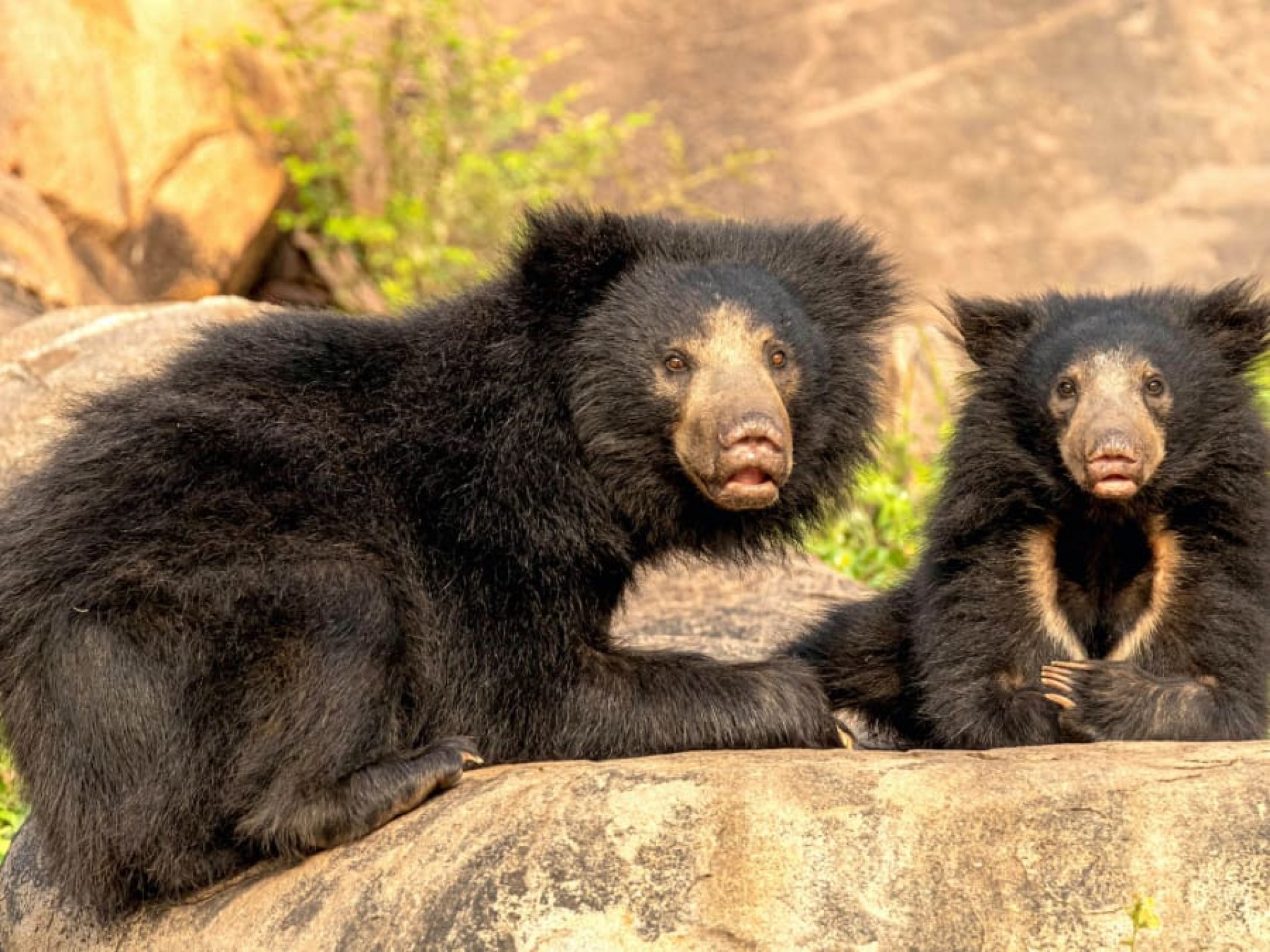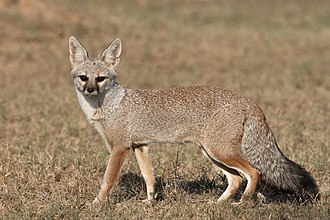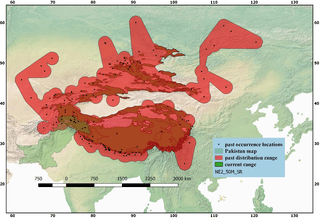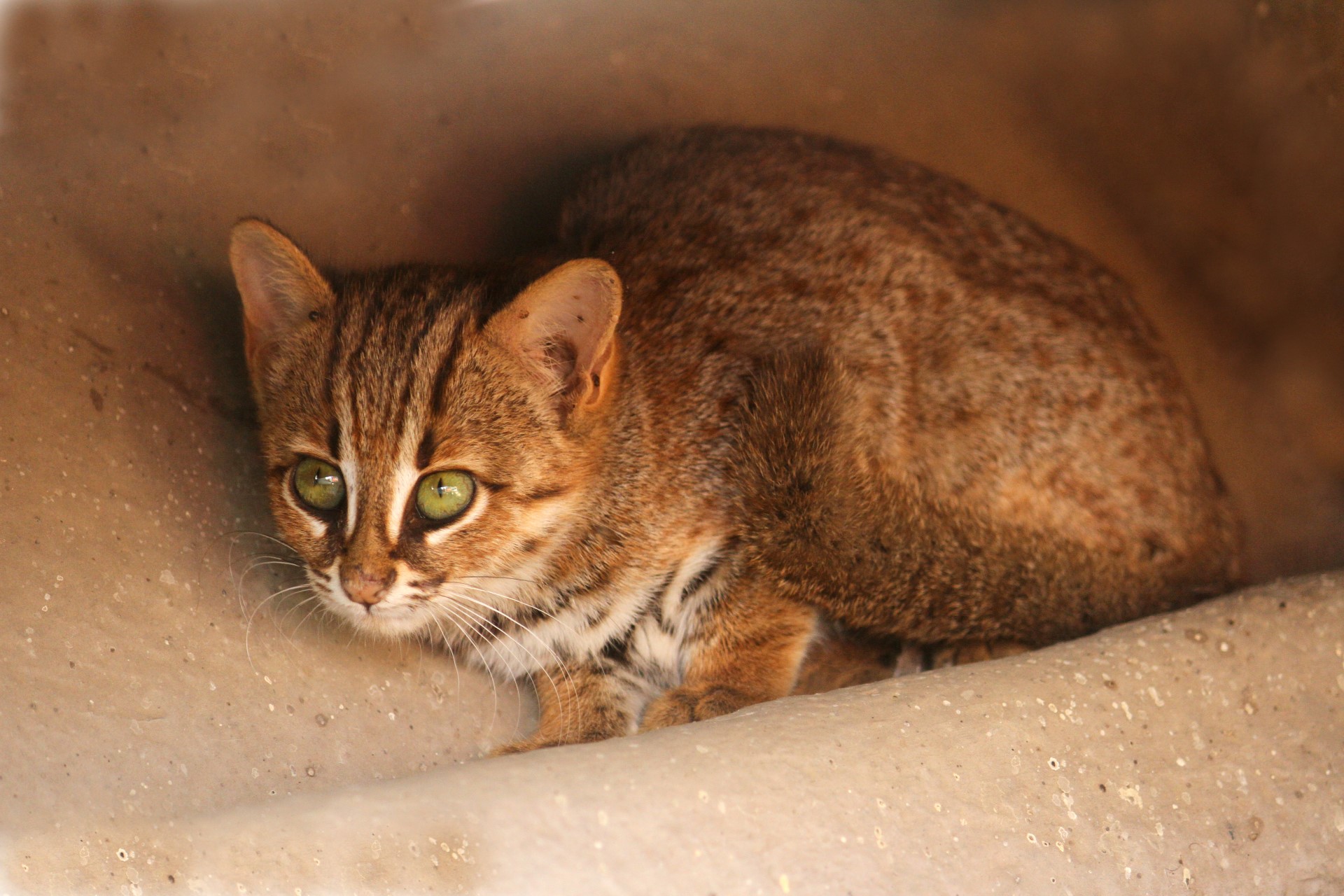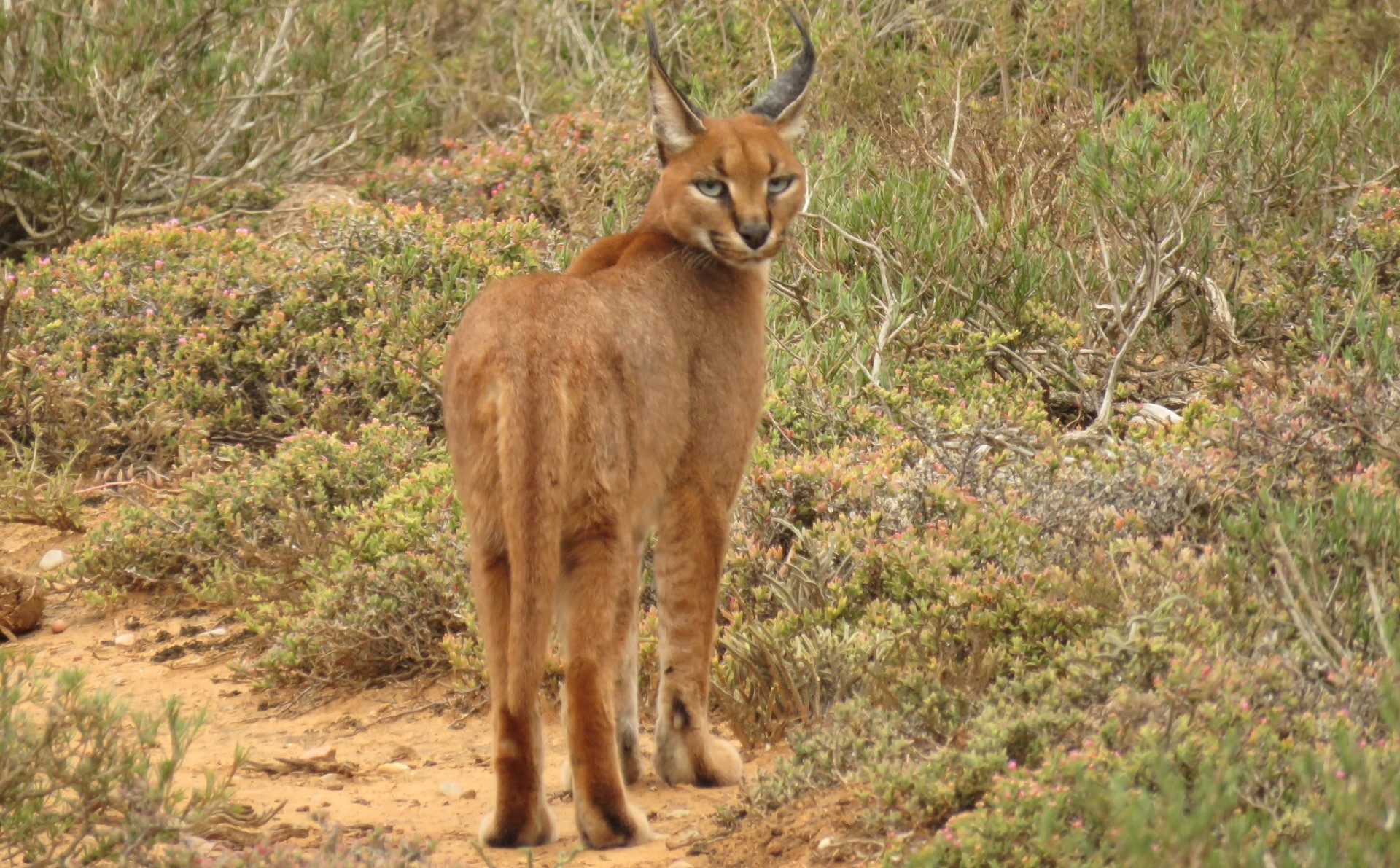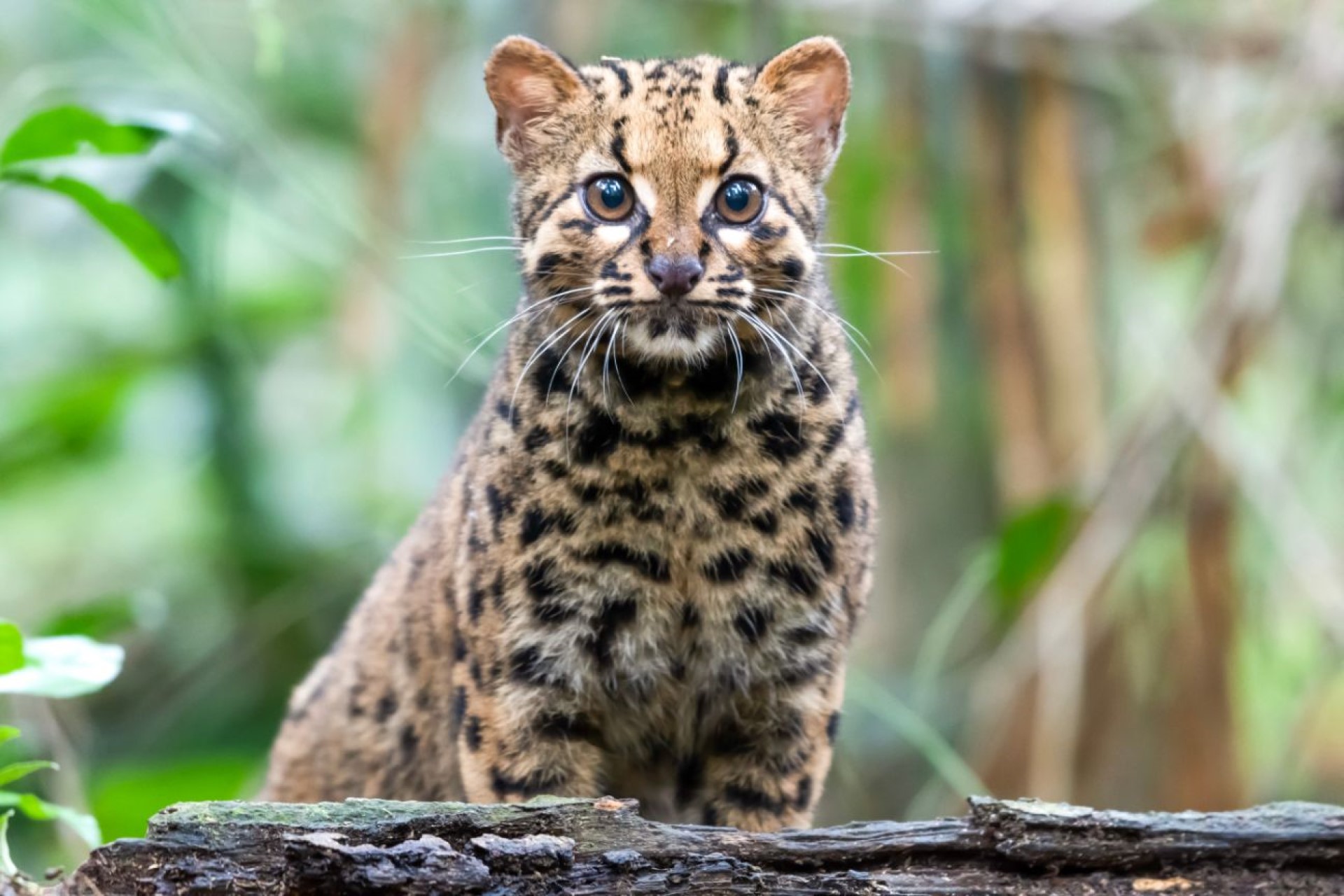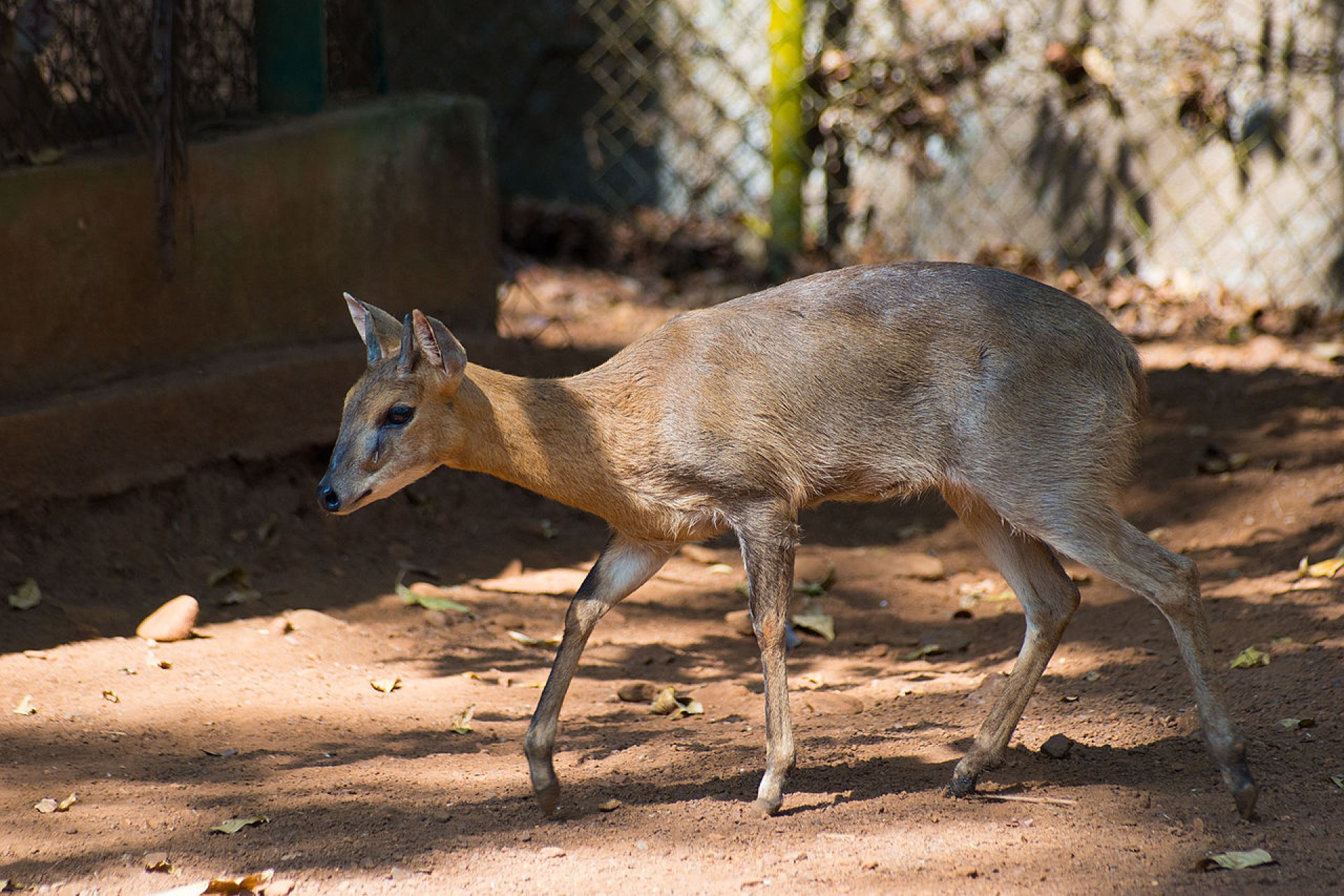
4 horned antelope
This is a small species of antelope that is found in India and Nepal. the sole member of its genus Teracenus (and only sharing its tribe Boselaphini with the Nilgai). First described in 1816, it has 3 recognized subspecies. It is quite hard to find, but feeds on grass shrubs herbs foliage flowers and fruit.
They tend to hide in long grass, and the undergrowth, which is why it is only areas like this that they are usually found in.
Population estimate in 2001 was put at 10,000. While they are wide spread, they live at low densities (0.7 per square km is considered healthy).
Below is a video of this species, and below this is a list of articles on this species; this is a relatively obscure antelope, but should it be written about, you will find all these articles listed here.
There are a variety of reserves where they can be seen. including Pench Kanha and Gir to name just a few. As the website grows, we hope to link to many of these places. These will all be listed at the bottom of the page.
